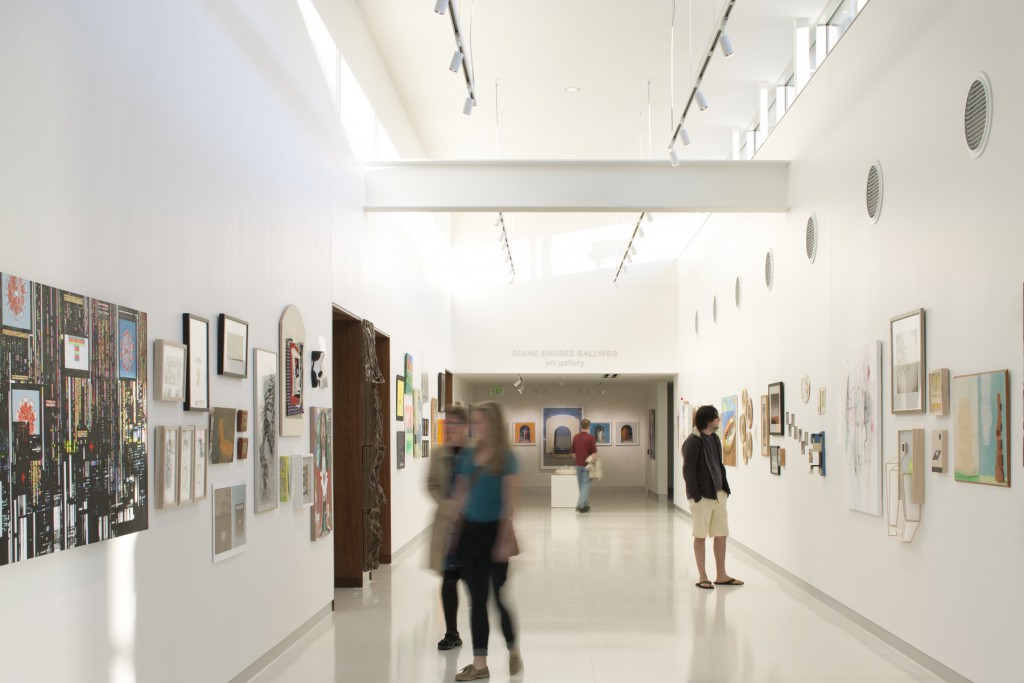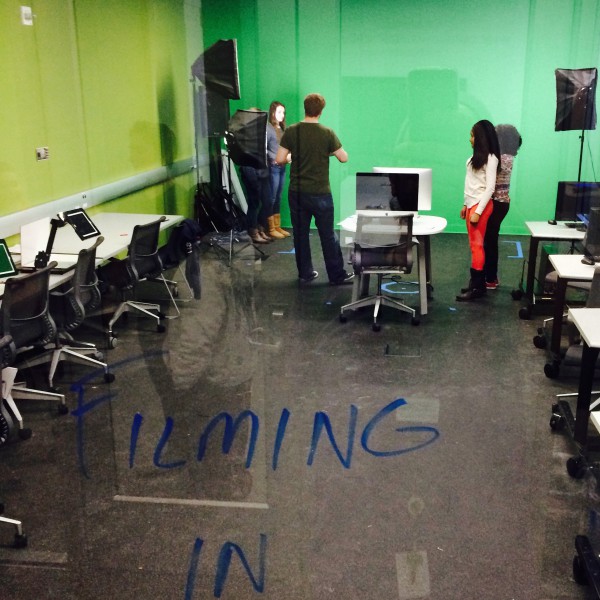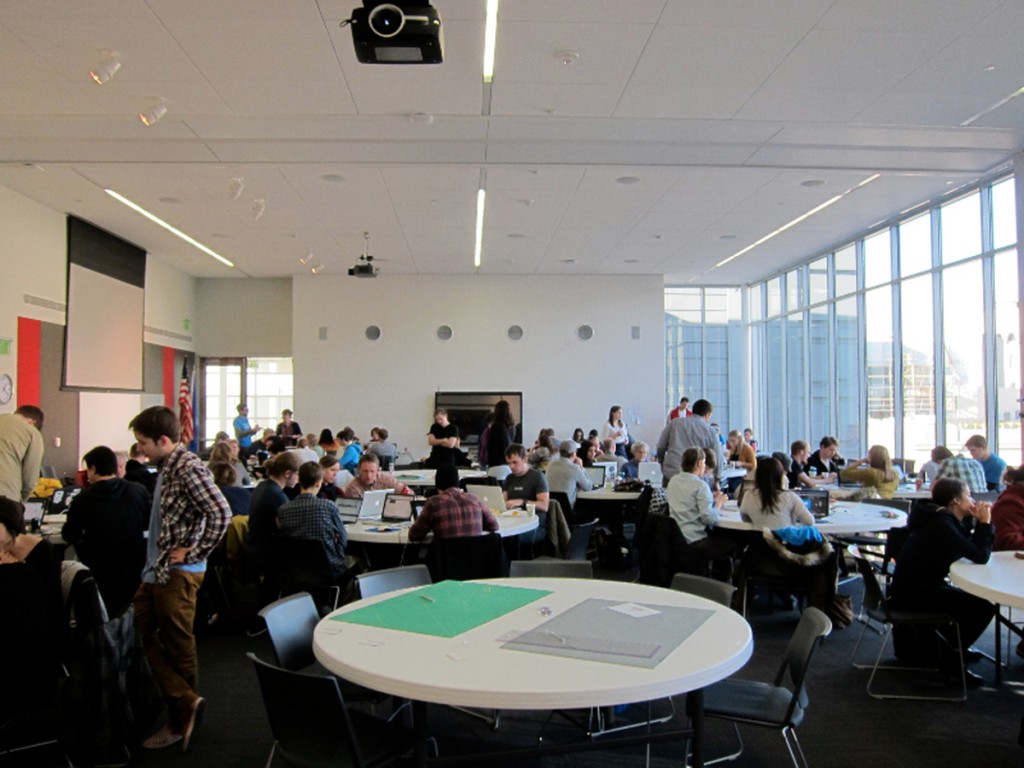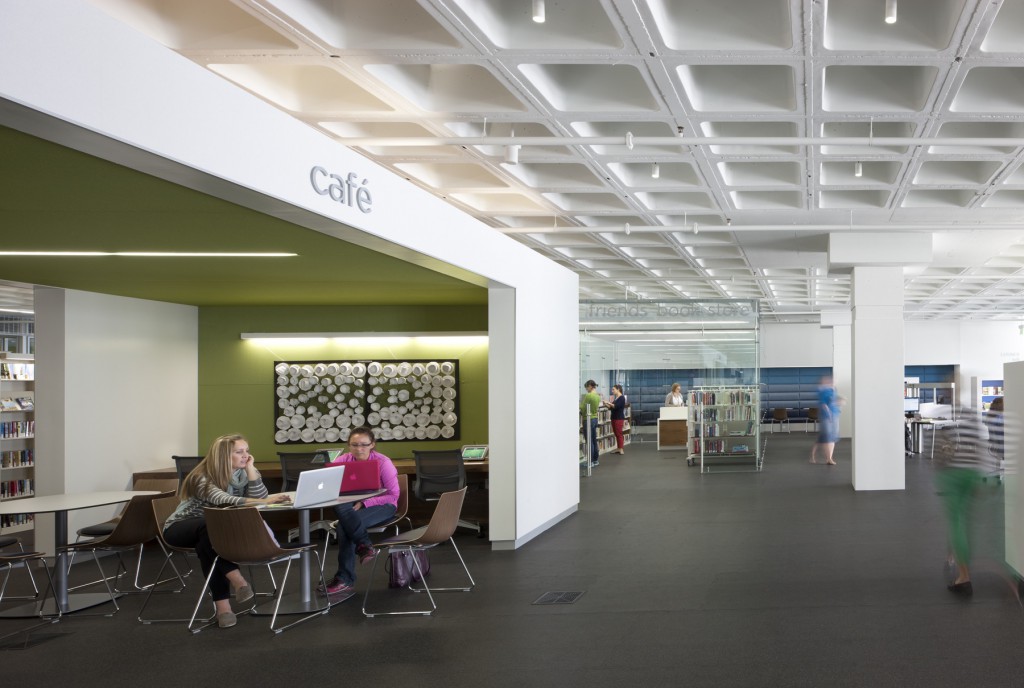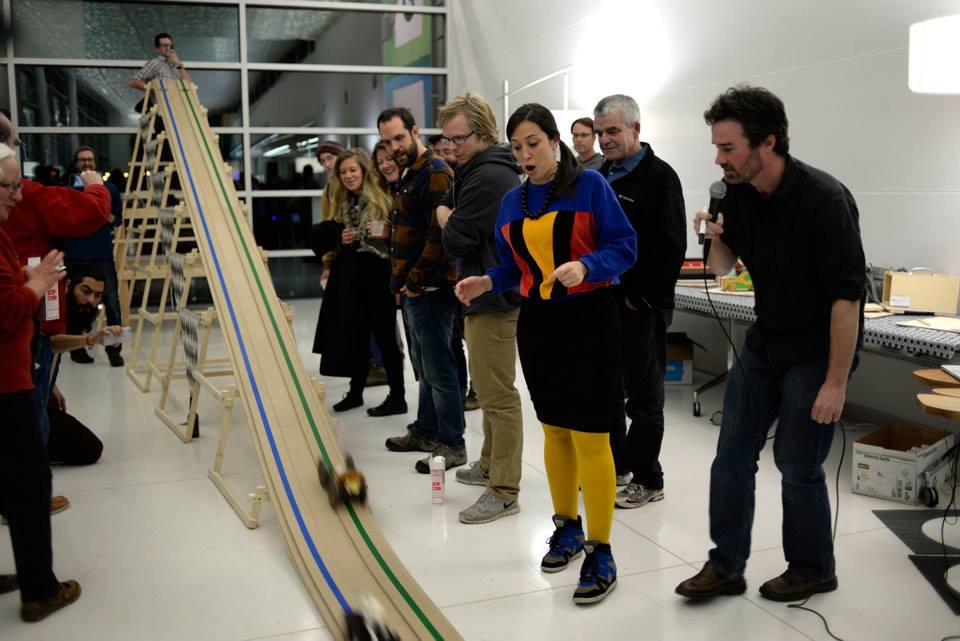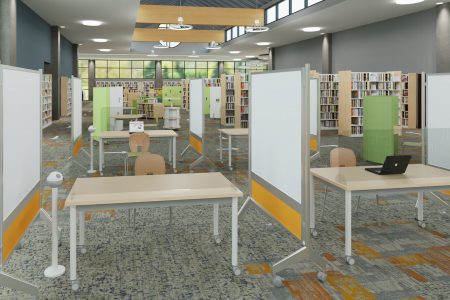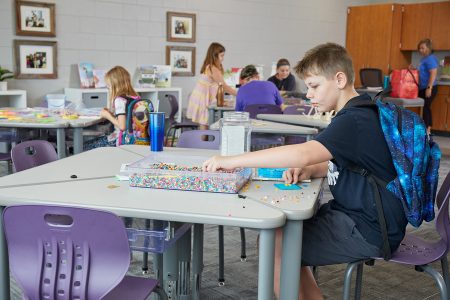With virtually any information needed available on a phone (or on a contact lens one day soon), the age of information abundance has dramatically changed the skills needed to thrive. Basic reading, writing and arithmetic are of course foundational. But beyond that foundation, future workers need to develop prowess in critical thinking, communication, collaboration and creativity. Often referred to as the 4 Cs, these skills are fundamental to problem solving and innovation, which drive our economy and will lead us through the next wave of the ongoing technological revolution. Many people do not have access to places or tools to learn and practice the 4 Cs in their daily lives. The library has an opportunity to fill this need.
Consider the 5 ways a library is perfectly primed to support innovation:
1. Inspiration
As cultural hubs for their communities, 21st-century libraries offer inspiration through materials, programming, visual arts’ and maker activities. Serendipitous encounters between people who might not meet otherwise can trigger thinking and connections. Public art can stimulate new ideas. Sustainable innovations can teach new generations how to build responsibly—or better yet, motivate them to improve upon current best practices. Library buildings should inspire and encourage new ways of thinking. Functional library buildings that offer delight engender repeat visits to take advantage of their myriad offerings.
- Photo Credit: Lara Swimmer
2. Resources
Text, tech, tactile, talent, tools. Libraries are filled with resources. A building that facilitates ease and comfort in accessing these resources will serve its customer base well. By considering collection display, technology and gathering spaces from the customer perspective, libraries become more user-directed. Self-service has evolved from being a bad word in library service to a license to direct one’s own experience. This self-direction is perhaps at its best in maker spaces, where innovation thrives. These spaces invite people to interact with individuals possessing talents they may not otherwise encounter in their daily lives. Passionate staff and community members, who engage in exciting tactile investigations, encourage dialogue and stimulate creativity.
- Photo Credit: Madison Public Library, Madison, WI
3. Proximity
Innovators can motivate one another by working near each other. Libraries serve as meeting spaces and offices for local start-ups, coworkers and professionals. Academics and professionals use the library for research. The buzz of a hackathon in the meeting room or the hype surrounding an author’s talk contribute to a place’s energy. Twenty-first-century libraries house complementary partners that bring new people to the building and introduce fresh ways of defining libraries.
- Photo Credit: Madison Public Library, Madison, WI
4. Variety
Proximity can be inspiring, but sometimes people need solitude or a cup of coffee in the library café to crack a particular problem. A change of scenery can help get the juices flowing. A well-designed library offers a variety of space types, from vibrant, open collaborative spaces to quiet nooks and private study areas. Having the flexibility to move between these spaces as suits the task at hand, or mood, can help the creative process. A garden or gallery where people can lose themselves for a time can rejuvenate the soul and help crystallize thoughts.
- Photo Credit: Lara Swimmer
5. Freedom
A library is a safe place. Unlike home, office or school, this other space does not prescribe behavior. In the library, users have freedom from the baggage that lingers in the places of our typical routine (e.g., dishes in the sink or budget figures due next week). Escaping from our typical surroundings can loosen the mind and provide fuel for innovation. Attaining a state of flow requires a stress-free environment and confidence in the ability to complete a task. A library provides the freedom to experiment with ideas or new technologies, to seek assistance when needed, and to fail in anonymity. Furniture that allows self-organization helps remove boundaries and supports brainstorming and collaboration.
- Photo Credit: Madison Public Library, Madison, WI
Quality educational institutions are paying keen attention to the 4 Cs and changing classroom settings and pedagogy to support learning outcomes in critical thinking and problem solving. As partners in informal and formal learning for their communities and campuses, libraries have a critical role to play in this educational evolution.
Traci Lesneski
Latest posts by Traci Lesneski (see all)
- Key Features of Collaborative Library Spaces - October 6, 2017
- Why Outdoor Spaces Are Essential for the 21st-Century Library - August 3, 2016
- The Library as a Center for Innovation - November 11, 2015

